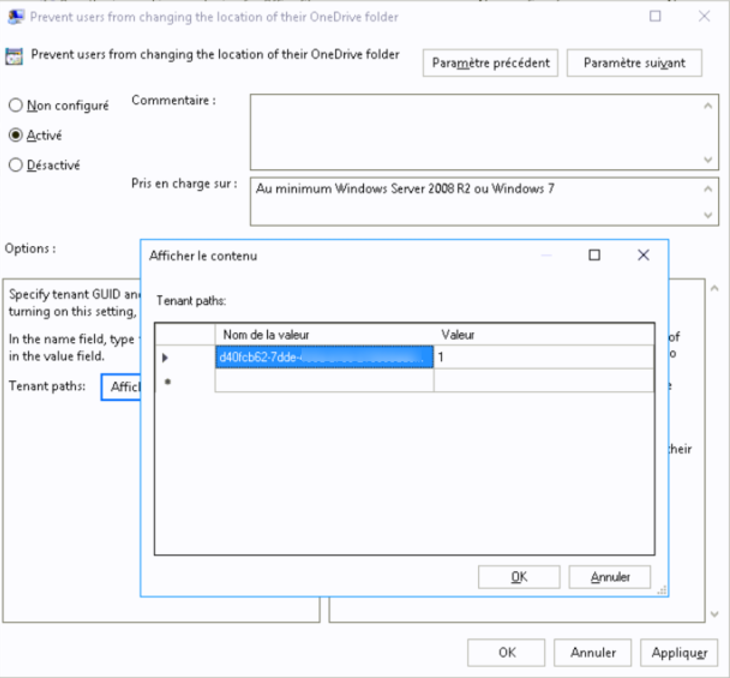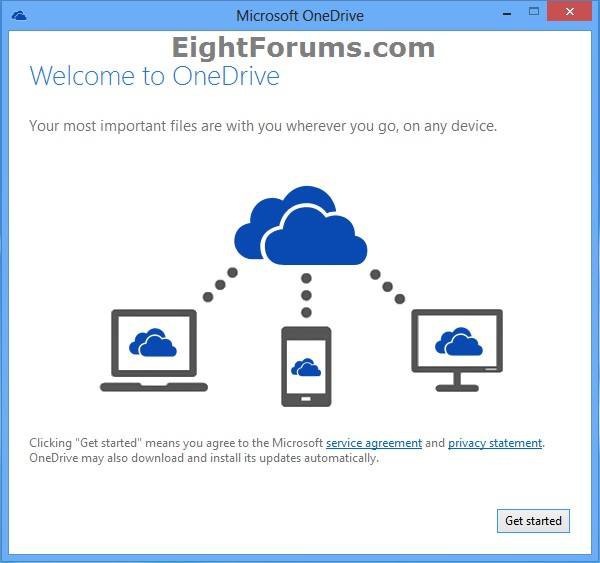
- INSTALL ONEDRIVE ON SERVER 2012 R2 INSTALL
- INSTALL ONEDRIVE ON SERVER 2012 R2 DRIVERS
- INSTALL ONEDRIVE ON SERVER 2012 R2 UPDATE
- INSTALL ONEDRIVE ON SERVER 2012 R2 CODE
- INSTALL ONEDRIVE ON SERVER 2012 R2 WINDOWS 8
INSTALL ONEDRIVE ON SERVER 2012 R2 CODE
To get started, I’ll the code below to get all my Installed Roles and Features from my Windows Server. This code might be very handy when deploying Windows Containers and porting applications from a VM to a Container.
INSTALL ONEDRIVE ON SERVER 2012 R2 INSTALL
CSV file as I’ll show below and use another PowerShell code to Install the same roles on a new Server. The only reason this script Is very good Is that we can easily use It to export a list of roles to a. Once Group Policy has updated on your clients, they’ll start checking in to your new WSUS server.In this article, I’ll show a very cool PowerShell script code that will show all the Installed roles on a Windows Server 2016 or 2012 and export them to a. Option 2: Also get CloudDrive, enalbe experimnetal Onedrive support, mount as a drive,and use FreeFilesync and start the backup over. Now after this is done adn my ISP is pissed off it should all stay in sync.

When entering your WSUS server name, remember that WSUS now connects to port 8530 by default. Option 1: Create a Pool // Install OneDrive on Server 2012 (windows 7/10 installer) in the pool // Allow onedrive to download all 5TB.
INSTALL ONEDRIVE ON SERVER 2012 R2 UPDATE
In a GPO that applies to your computers, go to Computer Configuration > Policies > Administrative Templates > Windows Components > Windows Update > Specify intranet Microsoft update service location.

To get your computers to check in with your WSUS server, you’ll need to set the server name in Group Policy. Set Sync Schedule Setting up Group Policy ^īy default, Windows clients will check in with the public Microsoft update services. Microsoft releases multiple antivirus and Defender definitions each day and WSUS will require multiple daily synchronizations to get those updates. For the synchronizations per day option, you should set the option to at least 2 and possibly higher. You’ll want to set it to “ synchronize automatically” and then determine how often you’ll want WSUS to check in with Microsoft.
INSTALL ONEDRIVE ON SERVER 2012 R2 DRIVERS
Adding Feature Packs and Tools is up to you, but I definitely recommend avoiding distributing Drivers from WSUS.įor some reason, “synchronize manually” is the default option in WSUS. In Classifications, you’ll most likely want to add Service Packs, Update Rollups, and Updates. (In Windows 7, you’ll need go to Options, WSUS Server Configuration Wizard.) The Configuration Wizard is going to be mostly clicking next but, you’ll want to specifically look out for Classifications and Sync Schedule. If you’re using Server 2012 or Windows 8, the Configuration Wizard will start automatically. Once you’re done, click " Connect" and you’ll be able to manage WSUS on your admin station. You can do this by clicking on the " Connect to Server" option and then specifying the server name and port. If you’re connecting from Windows 7 or Windows 8, you’ll need to manually specify the WSUS server name when run the tool for the first time. Server 2012 with a GUI will automatically connect to WSUS when you run the admin tool. The last thing you’ll need to install (regardless of OS) is the Microsoft Report Viewer Redistributable 2008.
INSTALL ONEDRIVE ON SERVER 2012 R2 WINDOWS 8
Once the console is installed, you’ll also need to install KB2734608 to add support for Windows 8 and Server 2012. In Windows 7, you’ll need to download Windows Server Update Services 3.0 SP2 (and install the administration console. In this article, I’ll show a very cool PowerShell script code that will show all the Installed roles on a Windows Server 2016 or 2012 and export them to a. The WSUS console will automatically install as part of the RSAT and will be in the Administrative Tools. Export Installed Roles And Features On Windows Server 20. In Windows 8, the administrative tool to administer WSUS are part of the Remote Server Administration Tools (RSAT) for Windows 8. If you’re using Server Core, you’ll need to set up an admin station to manage WSUS.

If you’re using Server 2012 with a GUI, you’ll have an icon on your Start Screen that you can use to access WSUS for the first time. Change to the “C:\Program Files\Update Services\Tools\” folder in your PowerShell window and run the following: WsusUtil.exe PostInstall SQL_INSTANCE_NAME="WSUS1\SQL2012" CONTENT_DIR=C:\WSUSĬonnect to WSUS to SQL Server Starting the WSUS console ^

From a PowerShell prompt with admin rights, run the following: Install-WindowsFeature -Name UpdateServices-Services,UpdateServices-DB –IncludeManagementToolsĪfter installing WSUS and the bits necessary for SQL Server, you’ll need to point the application to your SQL server and a location to store downloads. To use a SQL Server, we’ll need to alter the WSUS installation. Change to the “C:\Program Files\Update Services\Tools\” folder in your PowerShell window and run the following: WsusUtil.exe PostInstall CONTENT_DIR=C:\WSUS After installing WSUS, you’ll need to point the application to a location to store downloads.


 0 kommentar(er)
0 kommentar(er)
